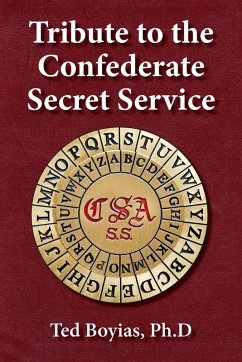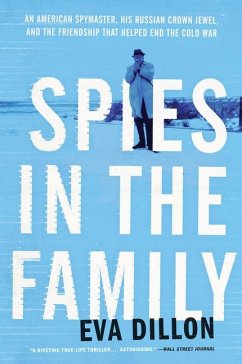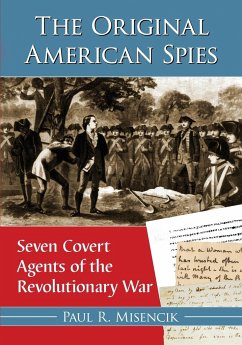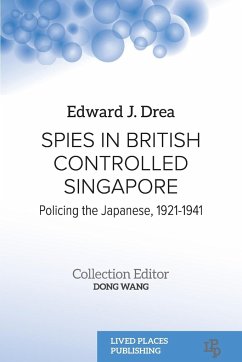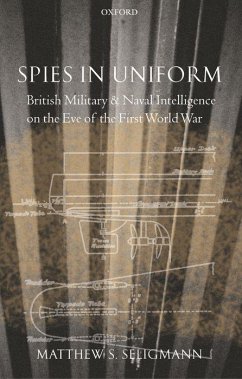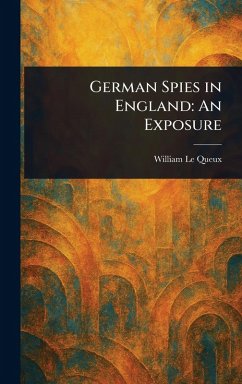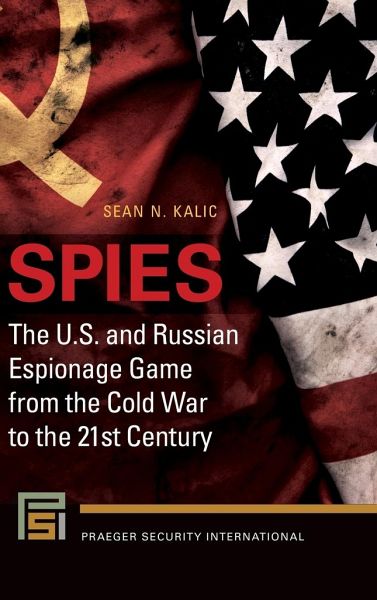
Spies
The U.S. and Russian Espionage Game From the Cold War to the 21st Century
Versandkostenfrei!
Versandfertig in 1-2 Wochen
78,99 €
inkl. MwSt.
Weitere Ausgaben:

PAYBACK Punkte
39 °P sammeln!
In the post-World War II era, the Soviet Union and the United States wanted to gain the advantage in international security. Both engaged in intelligence gathering. This book provides a comprehensive understanding of the evolution of the espionage game. For more than four decades after World War II, the quest for intelligence drove the Soviet Union and the United States to develop a high-stakes "game" of spying on one another throughout the Cold War. Each nation needed to be aware of and prepared to counter the capabilities of their primary nemesis. Therefore, as the Cold War period developed ...
In the post-World War II era, the Soviet Union and the United States wanted to gain the advantage in international security. Both engaged in intelligence gathering. This book provides a comprehensive understanding of the evolution of the espionage game. For more than four decades after World War II, the quest for intelligence drove the Soviet Union and the United States to develop a high-stakes "game" of spying on one another throughout the Cold War. Each nation needed to be aware of and prepared to counter the capabilities of their primary nemesis. Therefore, as the Cold War period developed and technology advanced, the mutual goal to maintain up-to-date intelligence mandated that the process by which the "game" was played encompass an ever-wider range of intelligence gathering means. Covering far more than the United States and Soviet Union's use of human spies, this book examines the advanced technological means by which the two nations' intelligence agencies worked to ensure that they had an accurate understanding of the enemy. The easily accessible narrative covers the Cold War period from 1945 to 1989 as well as the post-Cold War era, enabling readers to gain an understanding of how the spies and elaborate espionage operations fit within the greater context of the national security concerns of the United States and the Soviet Union. Well-known Cold War historian Sean N. Kalic explains the ideological tenets that fueled the distrust and "the need to know" between the two adversarial countries, supplies a complete history of the technological means used to collect intelligence throughout the Cold War and into the more recent post-Cold War years, and documents how a mutual desire to have the upper hand resulted in both sides employing diverse and creative espionage methods.






